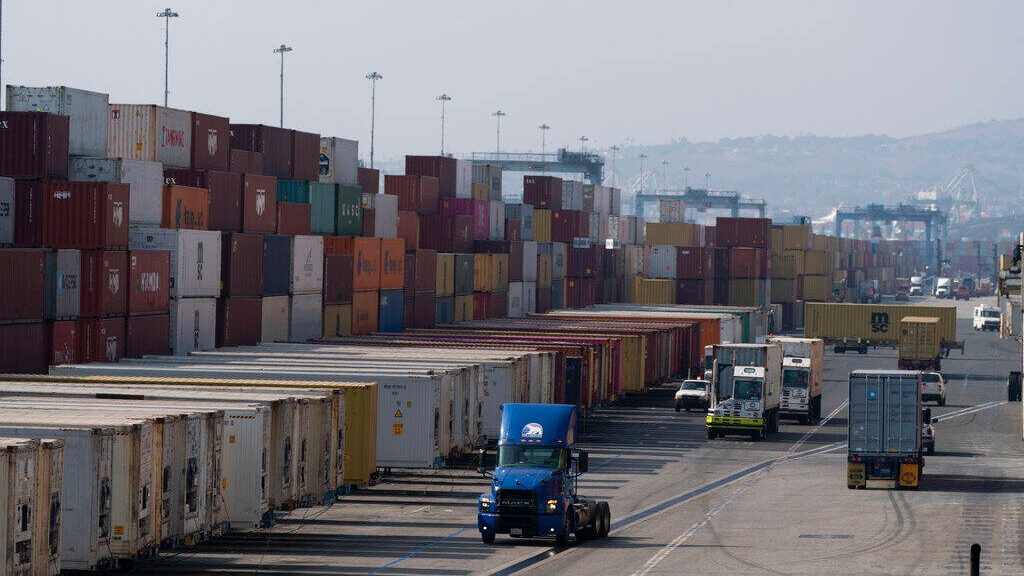Why resilient and supply chain objectives can be achieved through the same means.
Creating sustainable resilience in supply chains
A significant investment is being made in creating greater transparency in the supply base – particularly, in global regions where labor compliance laws are lax and not regularly complied with. Organizations typically rely on audits for insight – but there are many differences between the types of audits – whether conducted by the brand, by a third party, or by a certification agency. The knowledge gained in these factory audits provides different levels of evidence of other potential risks that may arise.
For instance, major brands we interviewed noted that they often had post-audit visits by quality improvement teams, human resources personnel and production engineers, who often kept note of other issues that may have been contributing to factory problems. In this manner, the team was kept aware of all kinds of different potential supply chain disruptions, including labor shortages, material supply problems, delivery issues, capacity issues, subcontracting problems, and multiple other forms of disruptions that could shut down a factory or hinder its operations so as to produce a supply chain delivery problem.
In another case, our team visited a factory audited by a third party certification company. Several issues emerged. First, the level of transparency provided by the factory to the visiting team was significant. The third party also requires that a 24 hour CC camera be operational in all of its certified factories, noting that if the factory has nothing to hide, than it would not object to this measure. Second, the team emphasized the importance of on-going visits to the factory, to ensure that non-compliance issues were being addressed. Two of the most common non-compliant measures in factories audited by the third party are hours of work, and harassment. The first item is common in almost all Bangladesh factories, and often common in factories in China, Sri Lanka and India as well. This relates to the fact that many brands place unreasonable demands for delivery of apparel on these factories, and they are forced to use overtime to keep up with these difficult schedules, which often means going over legal working limits. Third, the third party also noted that auditors were also careful to pay attention to other problems going on around the factory. The auditors often spoke to workers in the nearby tea stalls, and identified if there were odd goings on with workers going in and out. Finally, the third party auditor also conducts post-certification audits, which are unannounced and often involve checking up on what progress has been made.
To summarize, there is significant evidence that factories that have sustainable supply chains are more likely to not have significant supply chain disruptions. This is due to the fact that a deep understanding of the supplier’s facility is necessarily part of improving sustainability. When problems are identified, whether they be capacity short-falls, quality issues, labor issues, etc., measures are taken to rectify the problem. This may also require building additional redundancy in the supply network through alternative sourcing, or productivity improvements in the facility.
But what does this mean? How can we improve both resilience AND sustainability? Or to put it differently – can we achieve sustainable resilience?
Regulations are Driving Action
It is worth noting that new/upcoming regulatory changes, risk management & regulatory compliance, as well as employee engagement and retention were considered important drivers by a significant number of respondents to our recent GEP survey. Overall, the data suggests that responsible business, brand, trust, and reputation building, and operational improvement and cost reduction are key drivers for organizations in terms of supply chain sustainability. These drivers may provide valuable insights when analyzing the relationship between sustainable companies and resilience.
One Chief Operating Officer from a multi-billion dollar biotech company noted the following:
I will be in Davos for the WEF this year, and the only reason I am going is because most of our institutional investors are worried about ESG. With all of the focus on health equity and supply chain diversity, ESG has become more critical than ever. In fact, I have hired more on ESG personnel than any other function. In the past, people thought being more sustainable was cool – but it is now simply table stakes for investors and customers. The companies that step up will define the standards – and those that follow will fall behind. The investment ratings agencies have upgraded expectations – what used to be an “A” in ESG five years ago is today rated as a C! We have invested more by 83% in ESG efforts this year- and we got a B+ from the DJSI. Three years ago we got an A-. What does that tell you? Expectations are up!
Who Leads Sustainable Supply Chains?
An obvious question that arises in many organizations is – who is responsible for ESG initiatives when they pertain to scope 3 emissions, labor and human rights in the supply chain, and transportation network design and carbon footprints? An interesting finding from our research is that ESG has not risen to the level of the CEO in the majority of companies we surveyed.
The majority of companies (33%) have their Chief Executive Officer (CEO) as the primary owner responsible for Environmental, Social, and Governance (ESG) initiatives in their organization. The next most common roles responsible for ESG initiatives are the Chief Operating Officer (COO) (14%), and the Chief Supply Chain Officer (CSCO) (11%). Interestingly, the Chief Sustainability Officer (CSO) has been identified as the primary owner responsible for ESG initiatives in only 3% of the organizations. This suggests that the ownership of ESG lies squarely within the purview of operating officers, and is not solely the responsibility of CSO’s. Moreover, ESG is becoming integrated into operating objectives, and is not just a side-thought as it has been in the past. Overall, the data suggests that the top-level supply chain management executives in most companies playing an important role in ESG initiatives.
Why is ESG critical for Supply Chain Executives to consider?
The answer to this question is simple. It is becoming apparent that Scope 3 emissions, which include all carbon emissions generated outside the “walls” of an organization, constitute the majority of a company’s carbon emissions. Our survey data shows that the majority of respondents (31%) estimate that third-party suppliers or distributors (known as Scope 3 emissions) generate between 50-70% of the emissions in relation to the total emissions of their company. 25% estimate that Scope 3 emissions account for 70-90% of their total emissions, while 16% estimate that Scope 3 emissions account for 10-50% of their total emissions. Only a small number of respondents (8%) estimate that Scope 3 emissions account for more than 90% of their total emissions. And for this reason, supply chain and operating officers are being held more accountable.
Supply chain leaders are urgently looking for clarity and context in advance of a possible federal sustainability reporting mandate.
The Securities and Exchange Commission…proposed rule changes that would require registrants to include certain climate-related disclosures in their registration statements and periodic reports, including information about climate-related risks that are reasonably likely to have a material impact on their business, results of operations, or financial condition, and certain climate-related financial statement metrics in a note to their audited financial statements. The required information about climate-related risks also would include disclosure of a registrant’s greenhouse gas emissions, which have become a commonly used metric to assess a registrant’s exposure to such risks.
United States Securities & Exchange Commission (SEC)
This excerpt from the SEC’s March 21, 2022, press release refers to their 490-page proposed rule, The Enhancement and Standardization of Climate-Related Disclosures for Investors. It is thus critical to begin understanding analytics regarding Scope 1, 2, and 3 emissions.
· Scope 1 refers to direct emissions from sources your business owns or controls
· Scope 2 describes indirect emissions from the utilities the company purchases
· Scope 3 is all other indirect emissions that happen in your end to end supply chain chain
It is worth noting that 5% of the respondents indicated that they did not even know the estimate of the percentage of emissions generated by third-party suppliers or distributors. And only 25% of companies were looking into Scope 3 emissions in the next year. Overall, the data provides insights into how unprepared companies are to understand scope 3 emissions. We believe that most companies do not have a standardized approach for estimating Scope 3 emissions, as they do not have the data to estimate and measure the emissions of their tier 1, 2, and 3 suppliers. What is the path forward here?
I believe that pursuing greater knowledge of the supply base can help both resilience and sustainability initiatives. Data can drive strategy.


